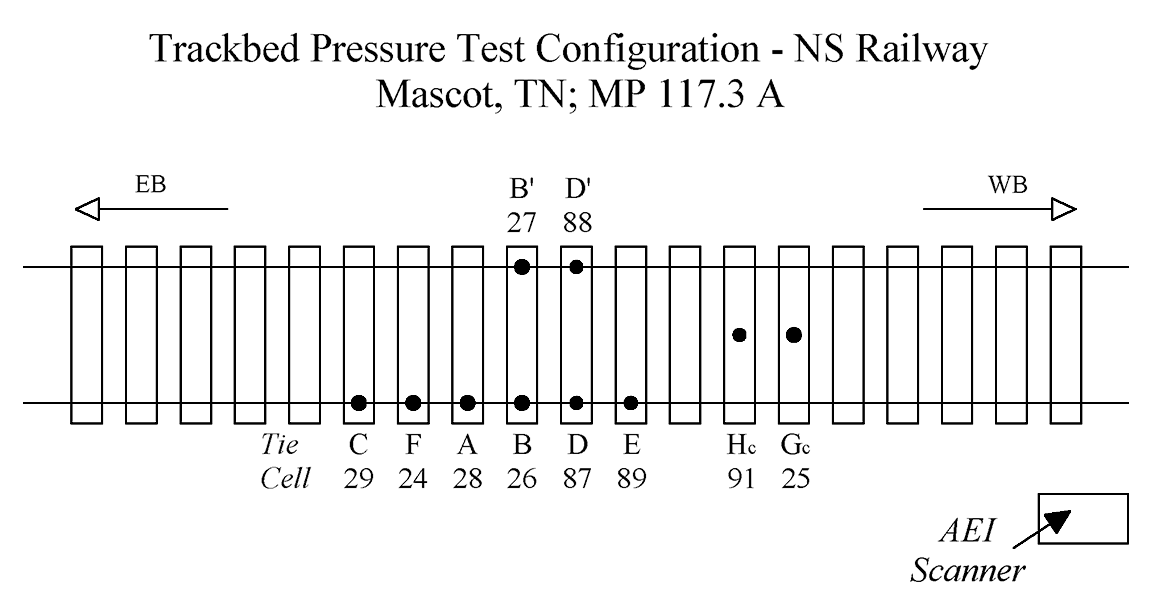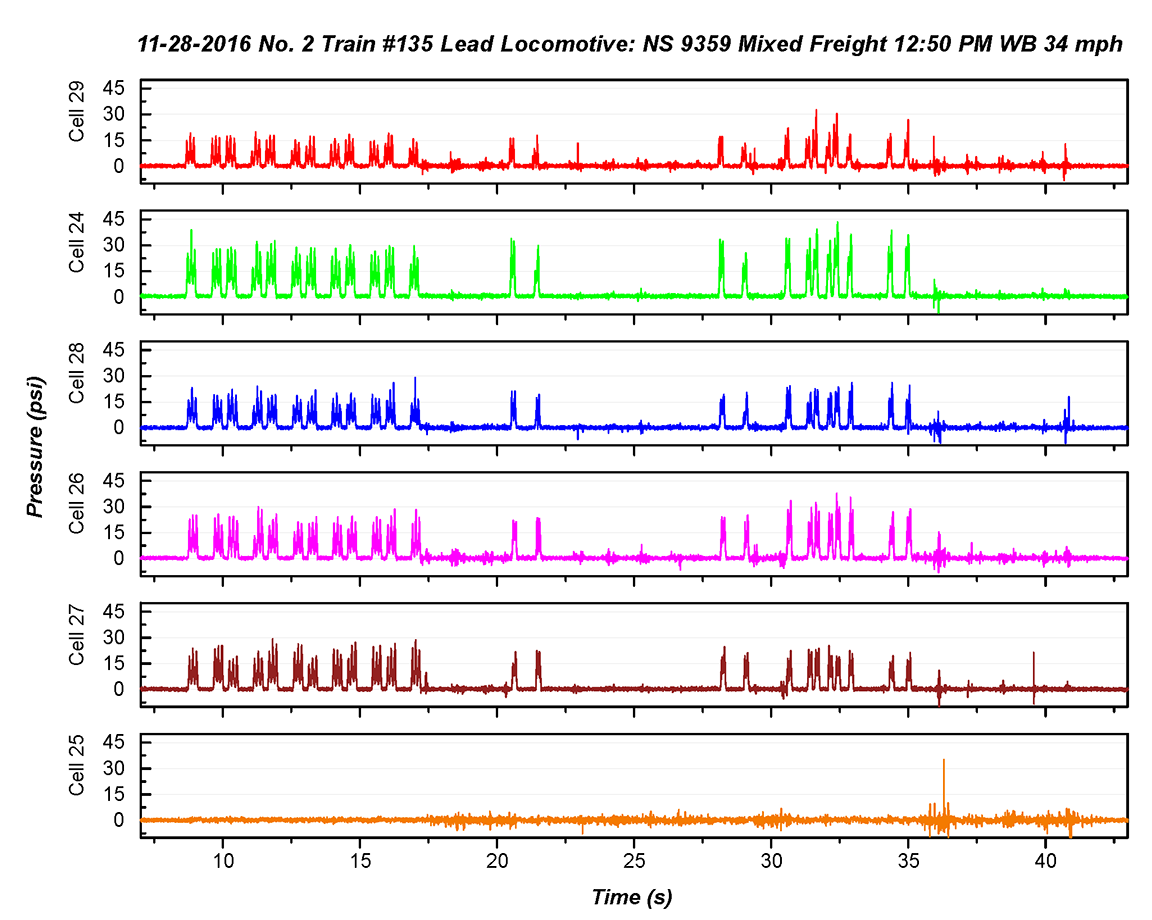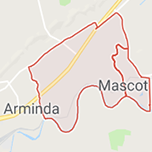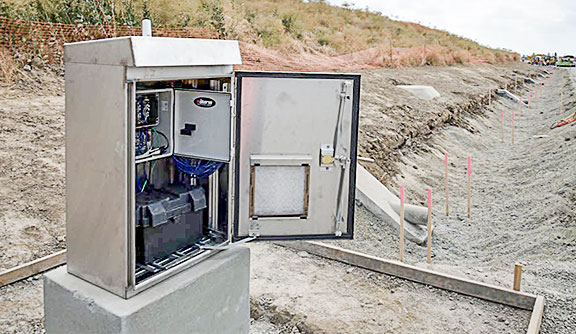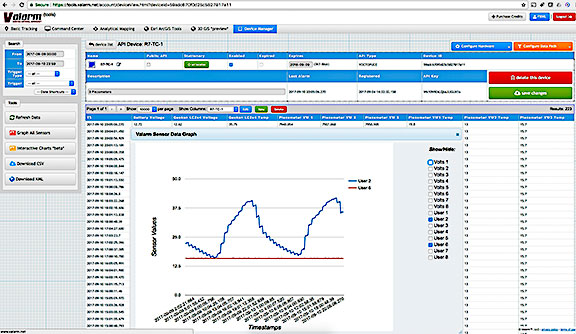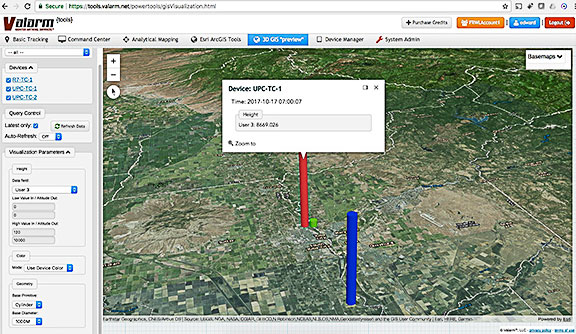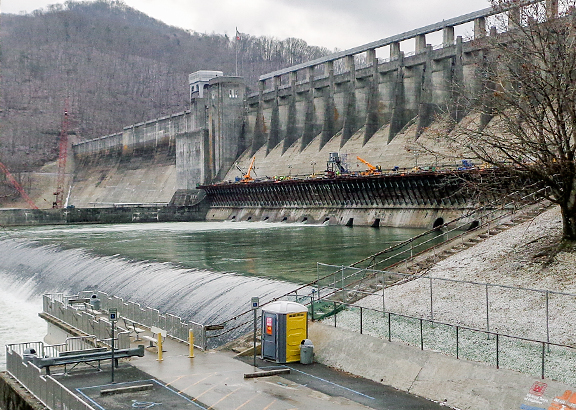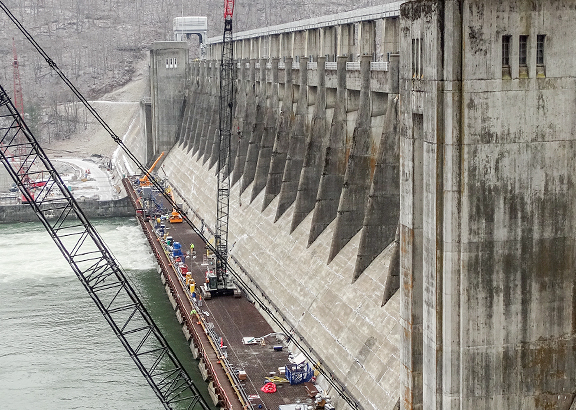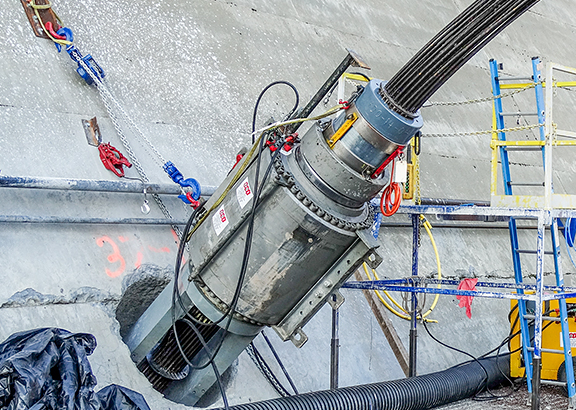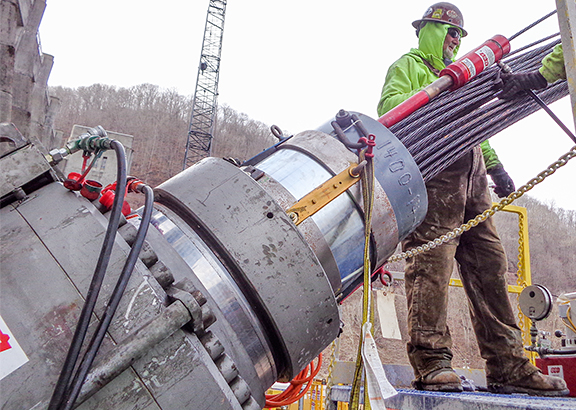 Loading... Please wait...
Loading... Please wait...-
Products
- Piezometers
- Inclinometers
- Strain Gauges
- Data Loggers
- Time Domain Reflectometry (TDR)
- Displacement Transducers
- Extensometers
- Settlement Sensors
- Pressure Cells
- Load Cells
- Tiltmeters · Pendulums
- Readouts
- Visualization Software
- Stressmeters
- Distributed Fiber Optic Sensors
- Temperature
- Instrumentation Cables
- DeAerators
- Vibration Monitoring
- Custom Instrumentation
- Discontinued
- Support
- Training
- Contact Us
- News
- Company
- Projects
- Resources
- Videos
- Links
News
Recent Projects
Measuring Railroad Track Tie/Ballast Interfacial Pressures
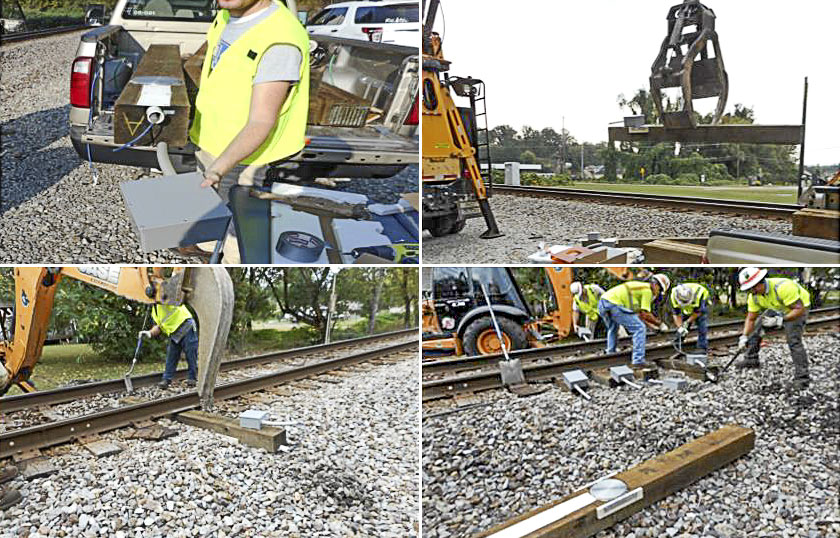
Mascot, Tennessee, USA
Joint research conducted by Dr. Jerry Rose and Travis Watts (University of Kentucky), Dr. David Clarke (University of Tennessee) and Asst. Prof. Qinglie Liu (East China Jiaotong University) centered on understanding various vertical pressures applied to a railway track bed under normal load conditions.
Mascot, Tennessee was the chosen research site on a Norfolk Southern Class I mainline railway. GEOKON Model 3515 Pressure Cells were selected as they are designed to measure dynamic pressure changes in granular materials of similar size and grading to the aggregate used in railroad ballast. These cells were carefully embedded such that the surface of the cell was flush with the face of the wooden tie. This ensures that proper contact between the cell and the track bed is made without introducing pressures due to the cells extending beyond the tie face.
Once properly mounted within the tie, railway workers carefully removed the existing railway ties and replaced them with instrumented ones. Special care was taken to ensure that both the instrumented and approach ties were uniformly tamped so that the contact pressures would be equivalent for all ties.
Cells were placed under one or both rails and in the center of one tie. The array of instrumentation is shown below:
Test Procedure
Once the site was instrumented, the team was able to collect precise readings of each cell over a six-month period. At various points during the testing, changes were made to the level of tamping of the rail bed in order to understand the impact on pressure readings. Below is a sample of the recorded data:
From the data, the team was able to calculate that the average tie/ballast interfacial pressure for a six-axle locomotive is 20 psi (140 kPa). This data was very consistent for over twenty different trains during a six-month period, with a minimum to maximum range of only 18 to 22 psi (125 to 150 kPa). In addition, the team also successfully demonstrated how variances in the level of tamping of the track bed effects measurement readings.
References
Rose, J.G. et al. “Application of Granular Material Pressure Cells To Measure Railroad Track Tie/Ballast Interfacial Pressures,” Paper TRB 189-00593 Proceeding of the 97th Annual Meeting of the Transportation Research Board, Washington, DC, January 2018. 15 pages.
Feather River
Central California, USA
Valarm remote monitoring systems have recently been deployed near levees and the Feather River in central California, north of Sacramento, for early warning and community safety.
The systems comprise GEOKON 4500S Vibrating Wire Piezometers, GEOKON LC-2 and LC-2×4 Dataloggers interfaced with Yoctopuce sensors hubs using Ting GSM cell networks, powered by deep cycle, sealed lead acid (SLA) marine batteries. Measurements are uploaded at user defined intervals to Tools.Valarm.net for analysis and visualization in data tables, on maps, 3D earth globes, graphs, historizers, and web dashboards.
These remote monitoring deployments are part of a California government project which utilizes the expertise of agencies and organizations like Wood Rodgers, Inc. environmental engineering consultants, Jensen Drilling Company, HDR, Teichert Construction Company, and the California Department of Water Resources (DWR) to integrate GEOKON vibrating wire sensors with Valarm Tools Industrial IoT software.
For additional information, please visit the Valarm blog.
Bluestone Dam
Hinton, West Virginia, USA
Bluestone Dam, in Hinton, West Virginia, was built between 1941 and 1949 to control flooding in the New and Kanawha River Valleys. It’s constructed of a series of 55 x 165 ft high, 22 ft wide (at base) interlocked concrete monoliths. Recent calculations identified the possibility for dam failure due to the monoliths sliding on the bedrock.
As a result, a total of 216 high-strength anchors, comprising of 58 to 61/0.6 high strength multi strands, were installed at critical monoliths to stabilize the dam. This photo, kindly shared by DSI America, shows a GEOKON Model 4900-3500-12 Vibrating Wire Load Cell mounted on the 15,000 kN hydraulic ram (20" stroke) used to stress the anchors.
Contributions
GEOKON welcomes Recent Projects contributions. If you have a project you would like to be considered for inclusion in our Recent Projects section, please submit details along with 2 or 3 suitable images to the GEOKON Web Manager.
